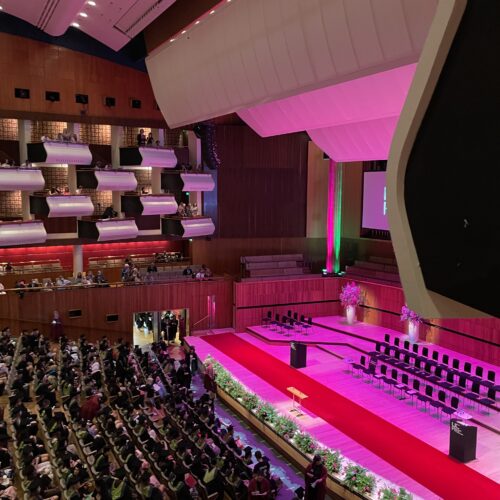
Using magic
The main problem with using magic (with a few literary exceptions) is that it has to have rules, otherwise every problem can be solved with no effort. It takes time to explain these rules, which is better suited to an entire book if you’re not to have a huge and boring info-dump somewhere along the way. If you’re using magic in a short piece, you need to establish the parameters for the bits you do use. In my children’s fantasy The Divide I chose to have spells that needed to be tried and tested and perfected, which meant they could also go wrong. Of course, witchcraft is still believed in abroad, and rules still operate in perhaps a rather different way from before. My only first-hand experience of the way these things work was in the Ivory Coast. The small village concerned had three different belief systems. There were the Muslims, a bizarre fundamental Christian sect, and the Animists. I asked how they all got along and the answer was fine – unless there’s a witch hunt in progress. This happens when there have been several deaths in a row – a perfectly normal state of affairs every few years in such a society.
“And do they find a witch?” I asked.
“Oh yes. It’s always the same old lady.”
“What happens then?”
“She has to make a sacrifice, and then everything’s ok.”
“Sacrifice?”
“It’s usually a crate of beer, which her sons buy for her. Then the whole village drinks it, and normality is restored. It’s a good system, though. She’s elderly, and she lives on her own. But no one takes advantage of her because she’s a witch.”
My point here is that even in these enlightened times, people can still be afraid of a supposed witch, when the only proof is circumstantial. And if that’s the case now, what was it like before? I think the townsfolk would simply want to hound her out of the village, and burn her house. But if she really is a witch in your scenario, you need to tell us why she doesn’t simply turn them all into toads!
Both today and in the past, witchcraft was prevalent in societies which have a magical world view. It’s there to explain the bad things that happen, and offers ways of altering the natural order of things. When coincidences happen, this view is strengthened and the ritual becomes enshrined in the local belief system. Remnants of this are still around in our own society, and usually have their origins in something plausible. It’s unlucky to walk under a ladder because the person working on it may drop something on your head. Bad luck comes in threes – confirmation bias. If two bad things have happened, you’re more likely to be looking out for the third thing, and when it happens you’ll put it down to your superstition. Superstitions are self-reinforcing, because if something happens to work in your favour it will be used again, and the expectation that it will be successful is often self-fulfilling as it improves performance because it improves confidence.
And finally, witchcraft has frequently been associated with the conflict between good and evil, and devil worship. If praying to God didn’t work, then you might as well try the other chap. It is mentioned in the Bible– Manasseh was the son of Hezekiah, and, much in the way of presidents today, started to overturn everything his predecessor had done once he started to rule. II Chronicles, 33:6 – …used enchantments, and used witchcraft, and dealt with a familiar spirit, and with wizards: he wrought much evil in the sight of the Lord, to provoke him to anger. Even in Rome, black magic was punishable by death. It’s not something consigned to history, either.
So think very carefully before you use magic in your story – there’s a long catalogue of associations, and the rules must be clear.





